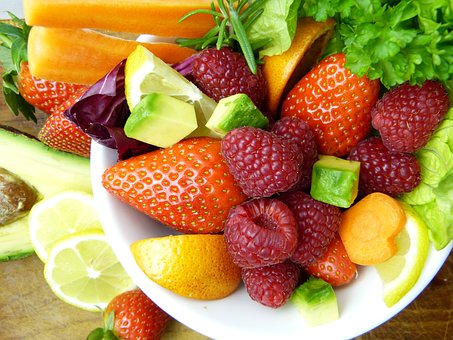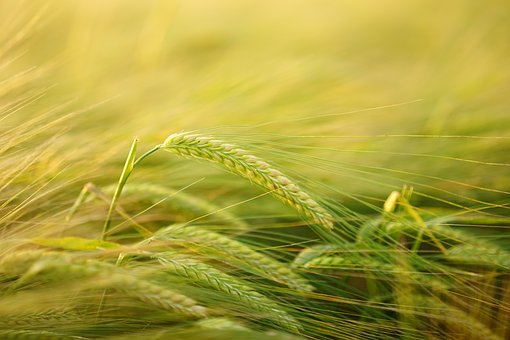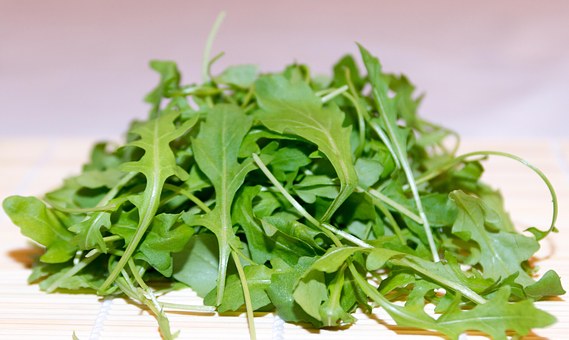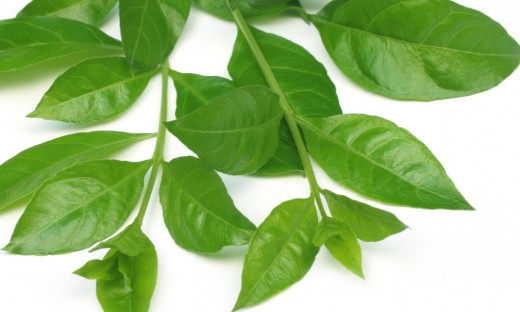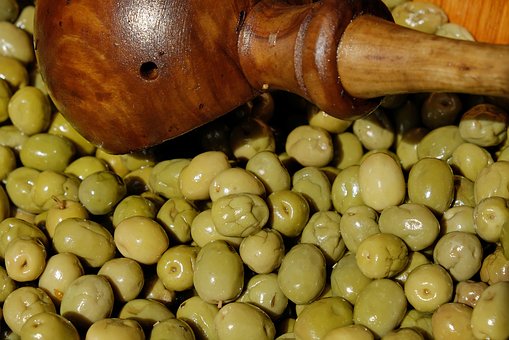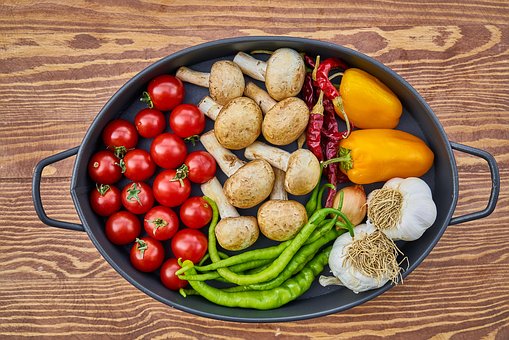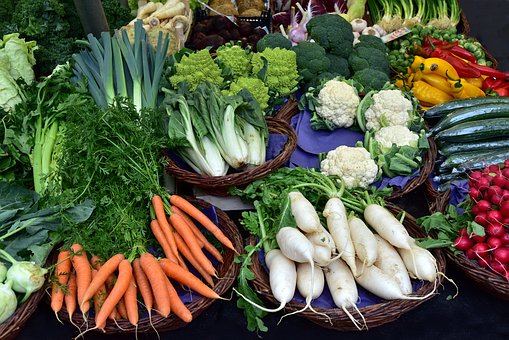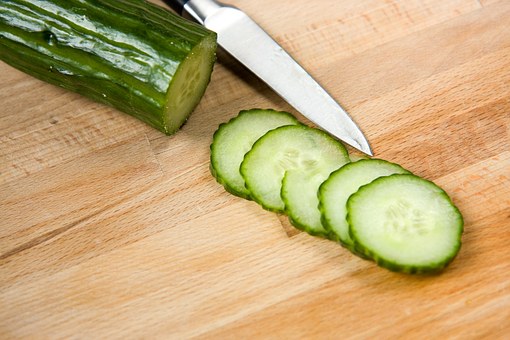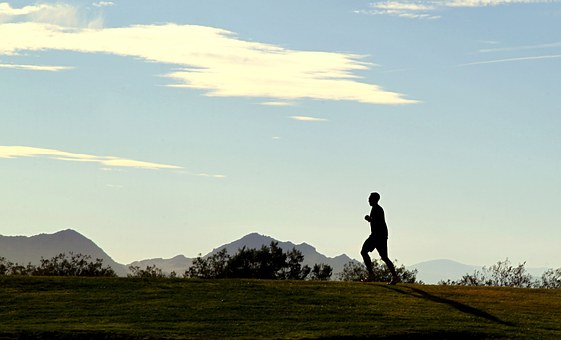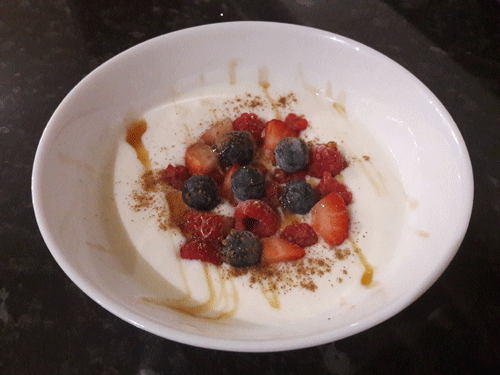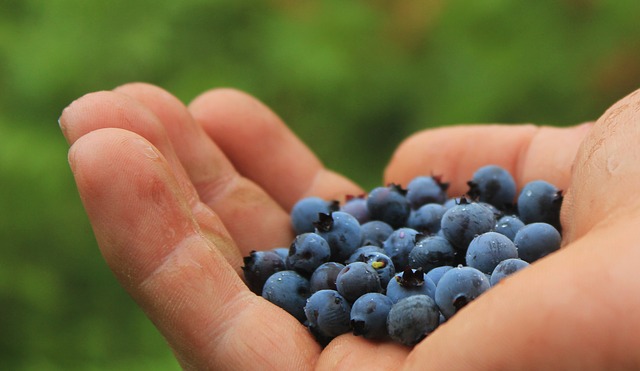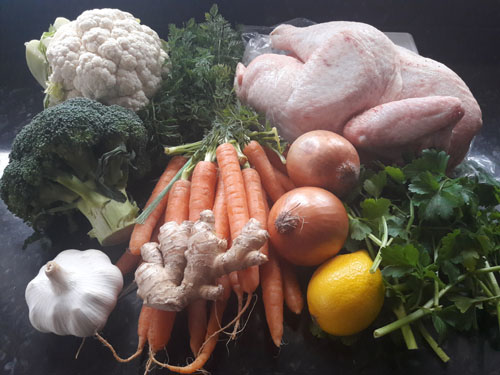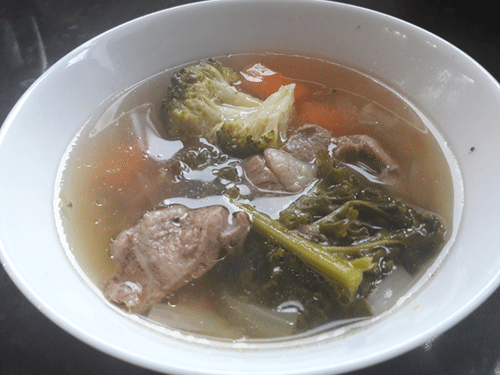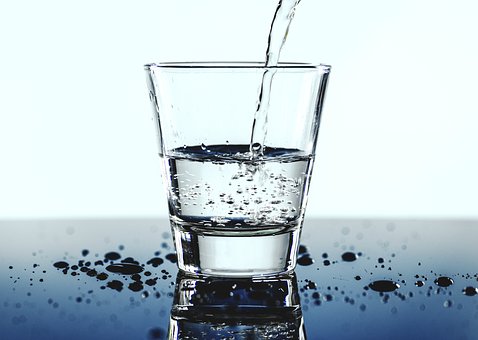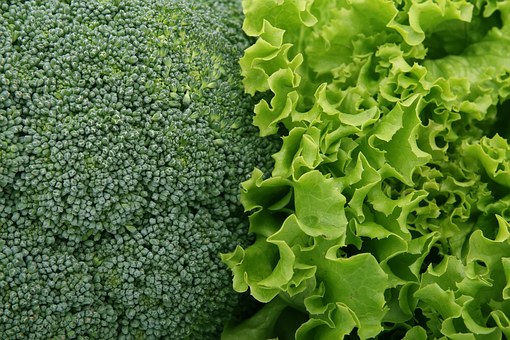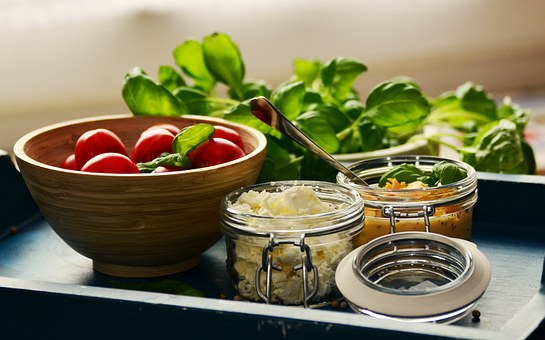Berries Associated With Reducing High Blood Pressure
© HealthyMuslim. See Terms and Conditions

High blood pressure (hypertension), is defined as having a systolic and diastolic blood pressure greater than 140 and 90 mmHg, and is a major risk factor for cardiovascular disease.
The new findings show that bioactive compounds in blueberries called anthocyanins offer protection against hypertension. Compared with those who do not eat blueberries, those eating at least one serving a week reduce their risk of developing the condition by 10 per cent.
Anthocyanins belong to the bioactive family of compounds called flavonoids and are found in high amounts in blackcurrants, raspberries, aubergines, and blueberries. Other forms of flavonoids are found in many fruits, vegetables, grains and herbs.
This is the first large study to investigate the effect of different flavonoids on hypertension.
Study Details
The team studied 134,000 women and 47,000 men over a period of 14 years. None of the participants had hypertension at the start of the study. Subjects were asked to complete health questionnaires every two years and their dietary intake was assessed every four years. Incidence of newly diagnosed hypertension during the 14-year period was then related to consumption of various different flavonoids.
During the study, 35,000 participants developed hypertension. Dietary information identified tea as the main contributor of flavonoids, with apples, orange juice, blueberries, and strawberries also providing important amounts.
When the researchers looked at the relation between individual subclasses of flavonoids and hypertension, they found that participants consuming the highest amounts of anthocyanins (found mainly in blueberries and strawberries in this US-based population) were eight per cent less likely to be diagnosed with hypertension than those consuming the lowest amounts. The effect was even stronger in participants under 60.
The effect was stronger for blueberry rather than strawberry consumption. Compared to people who ate no blueberries, those eating at least one serving of blueberries per week were 10 per cent less likely to become hypertensive.
"Our findings are exciting and suggest that an achievable dietary intake of anthocyanins may contribute to the prevention of hypertension," said the lead author.
"Anthocyanins are readily incorporated into the diet as they are present in many commonly consumed foods. Blueberries were the richest source in this particular study as they are frequently consumed in the US. Other rich sources of anthocyanins in the UK include blackcurrants, blood oranges, aubergines and raspberries."
Blueberries are already well known to be one of the most health-protective superfoods. They contain more antioxidants that any other fruit or vegetable, including Vitamin C and E, fiber, potassium, calcium and folic acid. As well as the beneficial flavonoids anthocyanins, blueberries are also extremely high in resveratrol, a flavonoid that protects against inflammation and has an anti-ageing effect. Blueberries help to protect every cell in the body by their ability to neutralize damaging free-radical chemicals.
Blueberries are readily available and should form a regular part of the diet. Add them to smoothies or fruit salads, and sprinkle them onto cereal.
Research Paper Details:
Cassidy A, O'Reilly EJ, Kay C, et al. Habitual intake of flavonoid subclasses and incident hypertension in adults. Am J Clin Nutr. 2011 Feb;93(2):338-47.
Link to this article: Show: HTML Link • Full Link • Short Link
Share or Bookmark this page: You will need to have an account with the selected service in order to post links or bookmark this page.





|
Related Articles:
- Grow Your Way to Health
- New Research on the Powerful Benefits of Garlic
- Breathing Techniques for Better Health
- Seven Anti-Ageing Foods
- Blueberries are Packed with Antioxidants
- Make Your Own Energising Juices
- Grow Your Own Organic Fruit and Vegetables: Blueberries
- What Foods Are Good For Your Eyesight?
- Five Superfoods You Should Be Eating Everyday
- Green Tea, Blueberry and Raspberry Fruit Extracts Touted as Potential Cancer Fighters
You must be registered and logged in to comment.
Most Popular
Latest Articles
Popular Subjects
Health, fitness and longevity
Based upon the principles of health
in the Qur'an and Prophetic Traditions.
HealthyMuslim.Com
There are two bounties in which
most people lose out: good health
and free time. Al-Bukhari.





